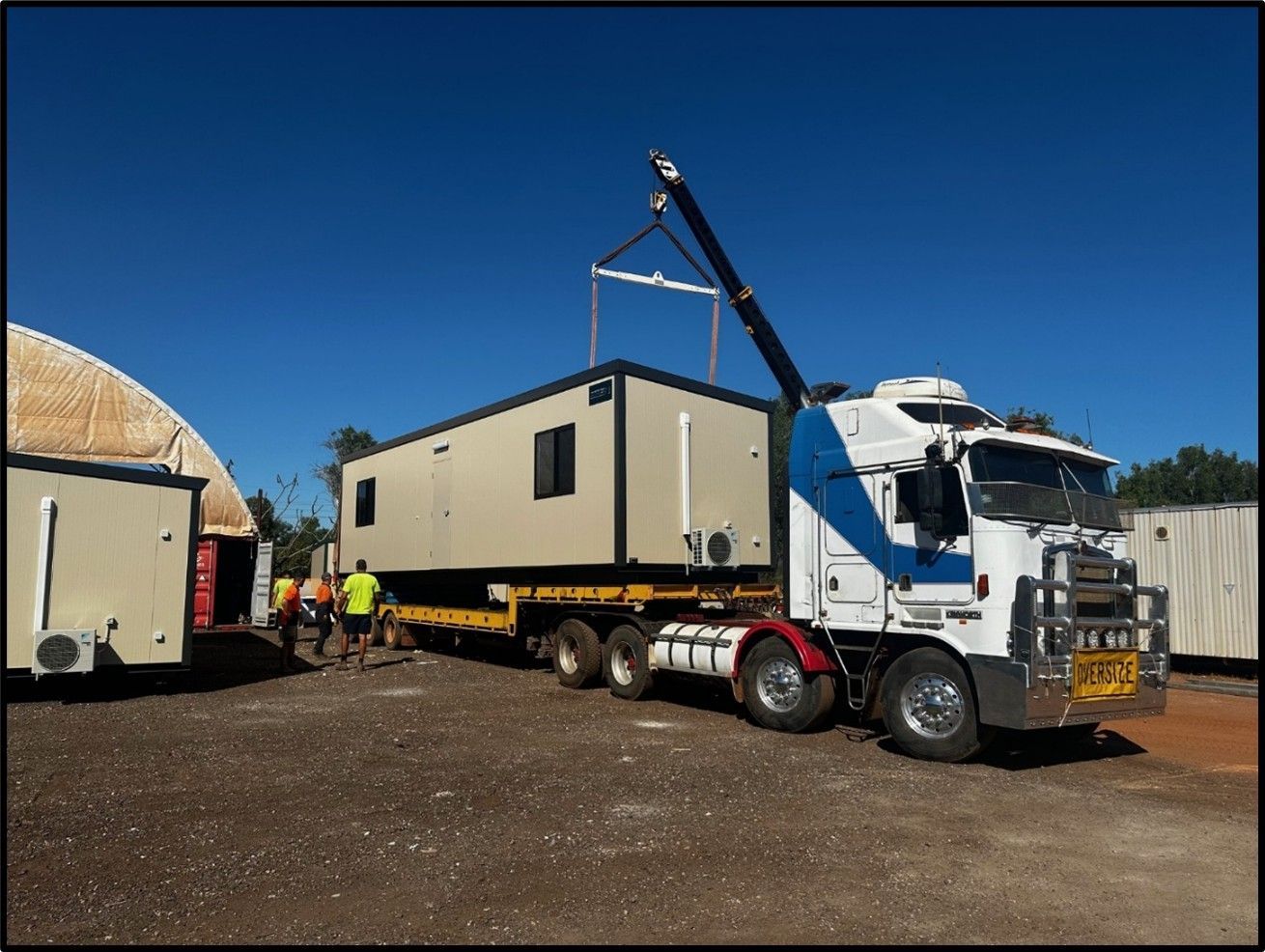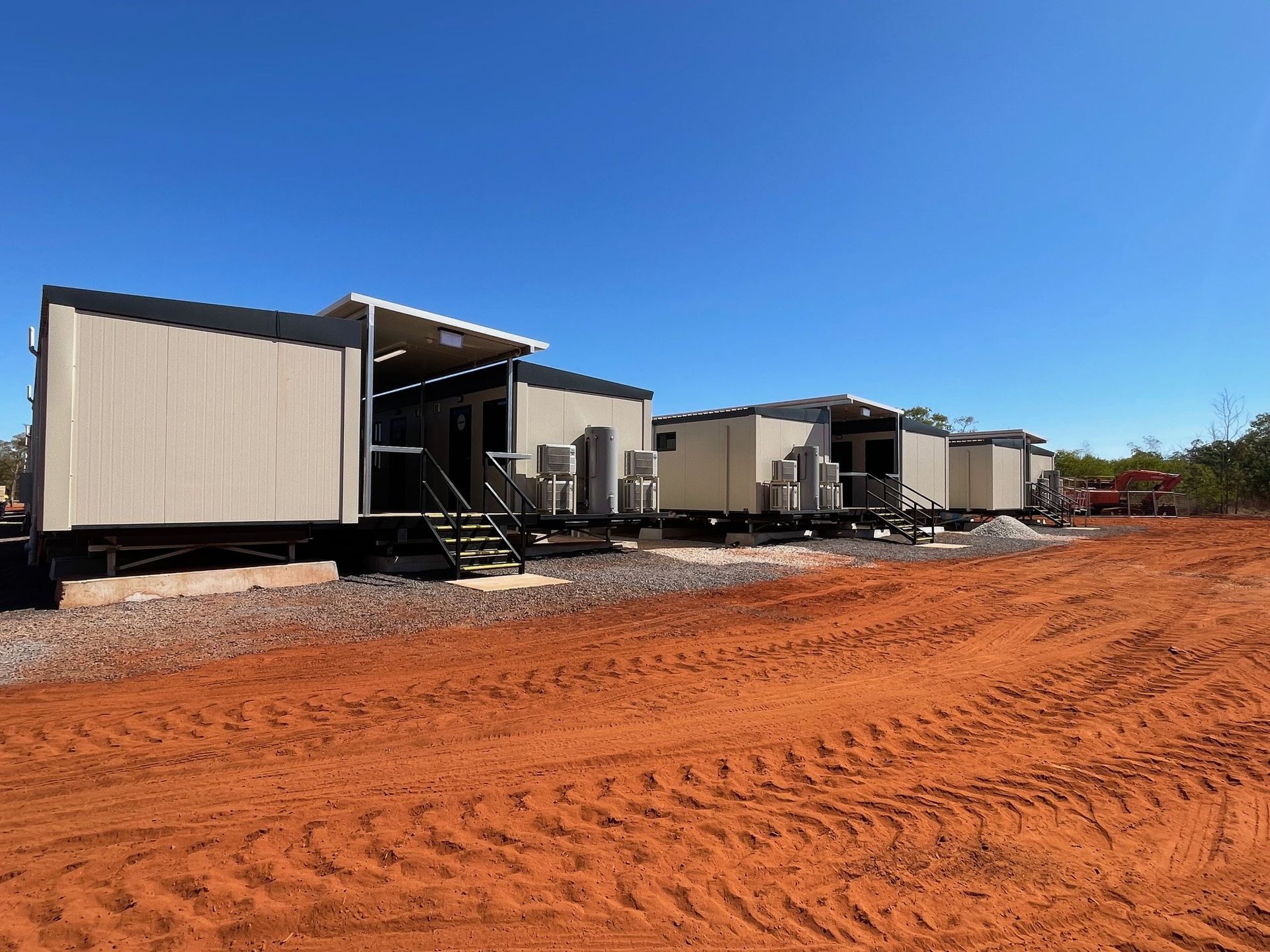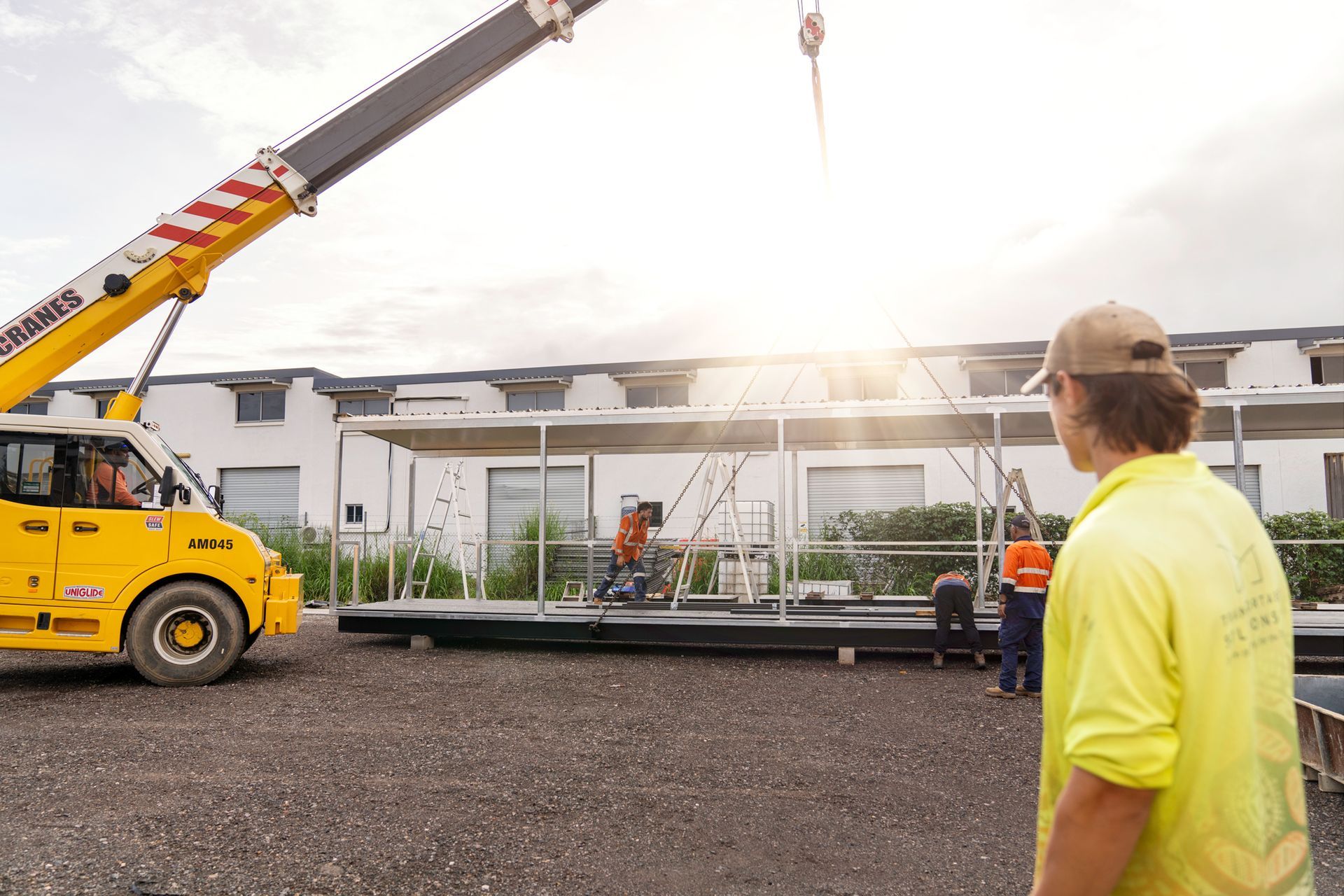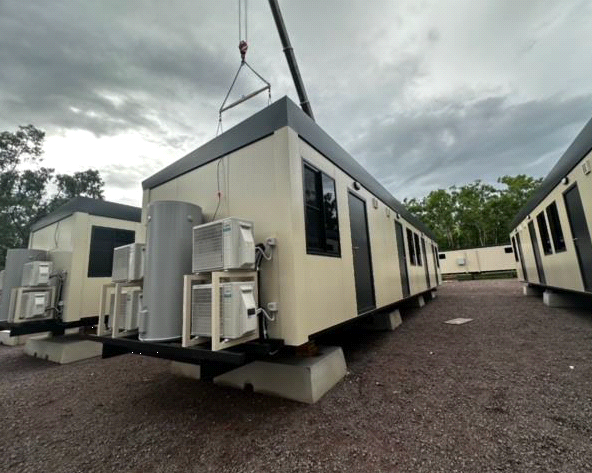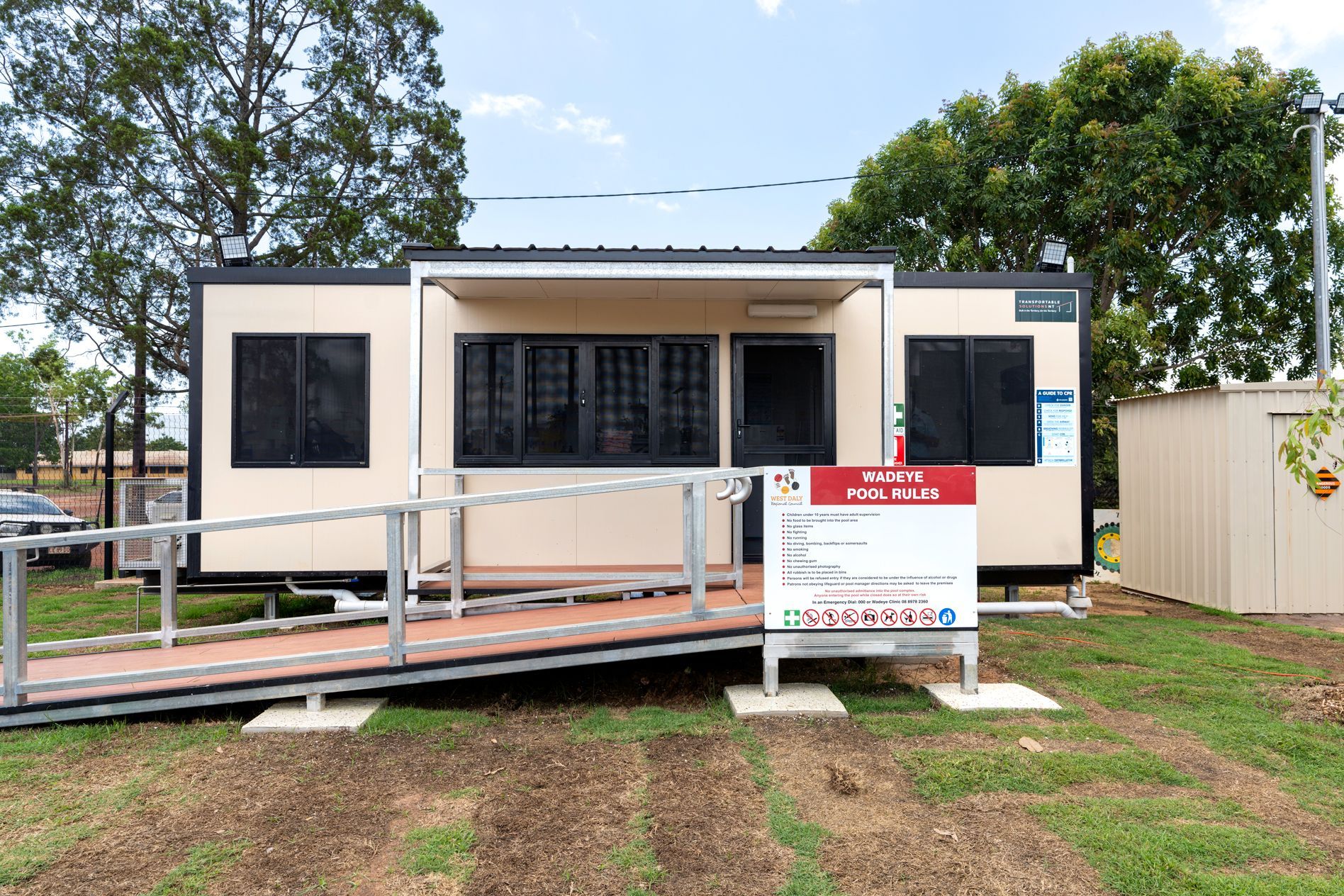Breaking ground: Women pioneering the construction industry
In the traditionally male-dominated world of construction, women are increasingly taking centre stage, reshaping the industry's landscape and driving innovation across Australia. From building sites to boardrooms, women are making their mark in roles once considered off-limits, challenging stereotypes and paving the way for a more inclusive future.
Changing demographics
According to recent statistics from the Australian Bureau of Statistics (ABS), the proportion of women in the construction industry has been steadily increasing in recent years. In 2023, women made up approximately 13% of the construction workforce, up from 10.7% in 2015. While still a minority, this upward trend signals a significant shift in the industry's demographics.
Breaking stereotypes
Historically, construction has been perceived as a male-dominated field, with women often relegated to administrative roles or excluded altogether. However, attitudes are changing, and women are breaking through barriers to pursue careers in construction at all levels. Today, women can be found working as architects, engineers, project managers, tradespeople, and more, challenging stereotypes and reshaping the industry from within.
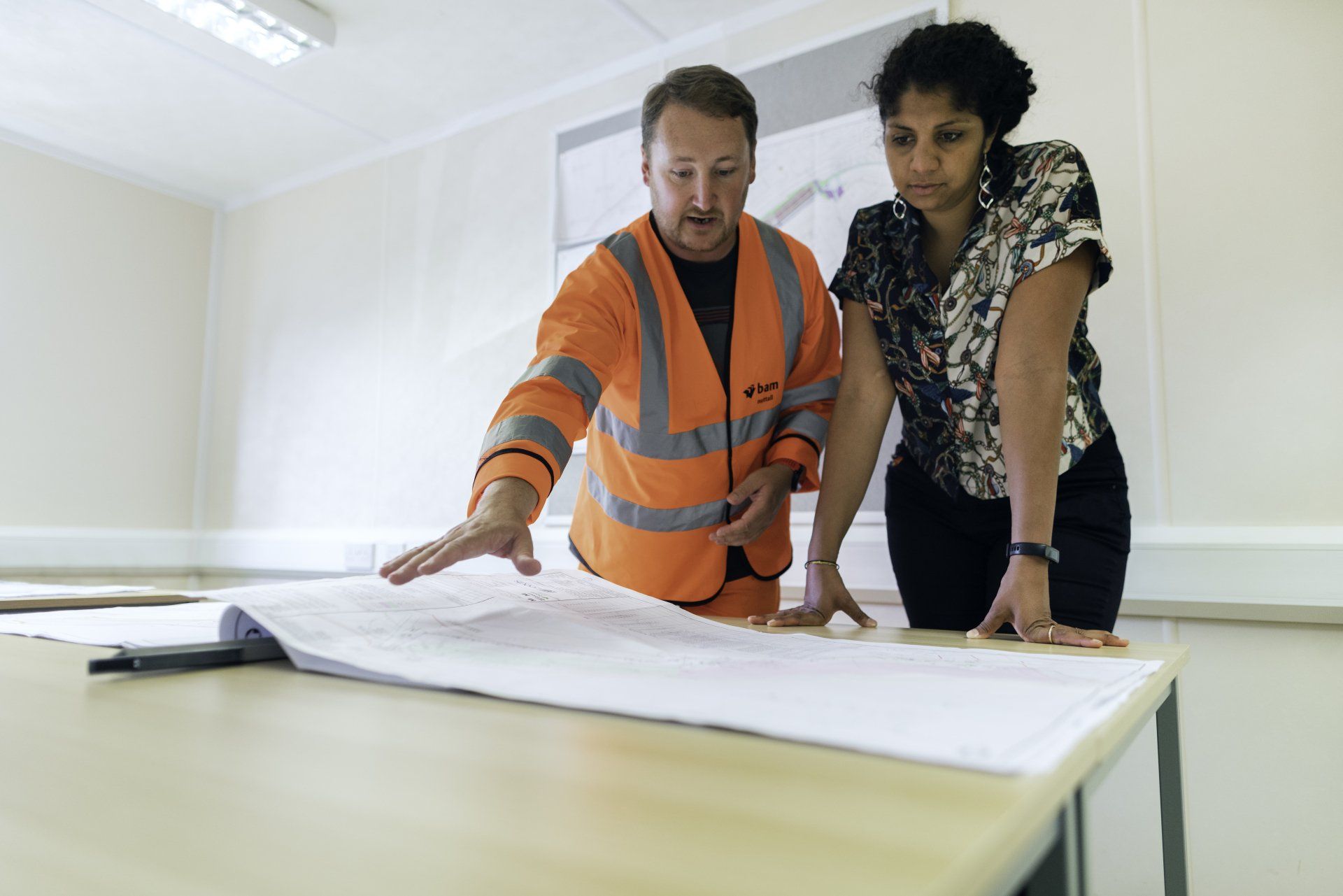
Driving innovation
Studies have shown that gender diversity in the workplace leads to increased innovation and better business outcomes. A report by McKinsey & Company found that companies with more diverse workforces are 21% more likely to experience above-average profitability. By embracing gender diversity, the construction industry in Australia stands to benefit from a wider range of perspectives, ideas, and approaches, driving innovation and growth.
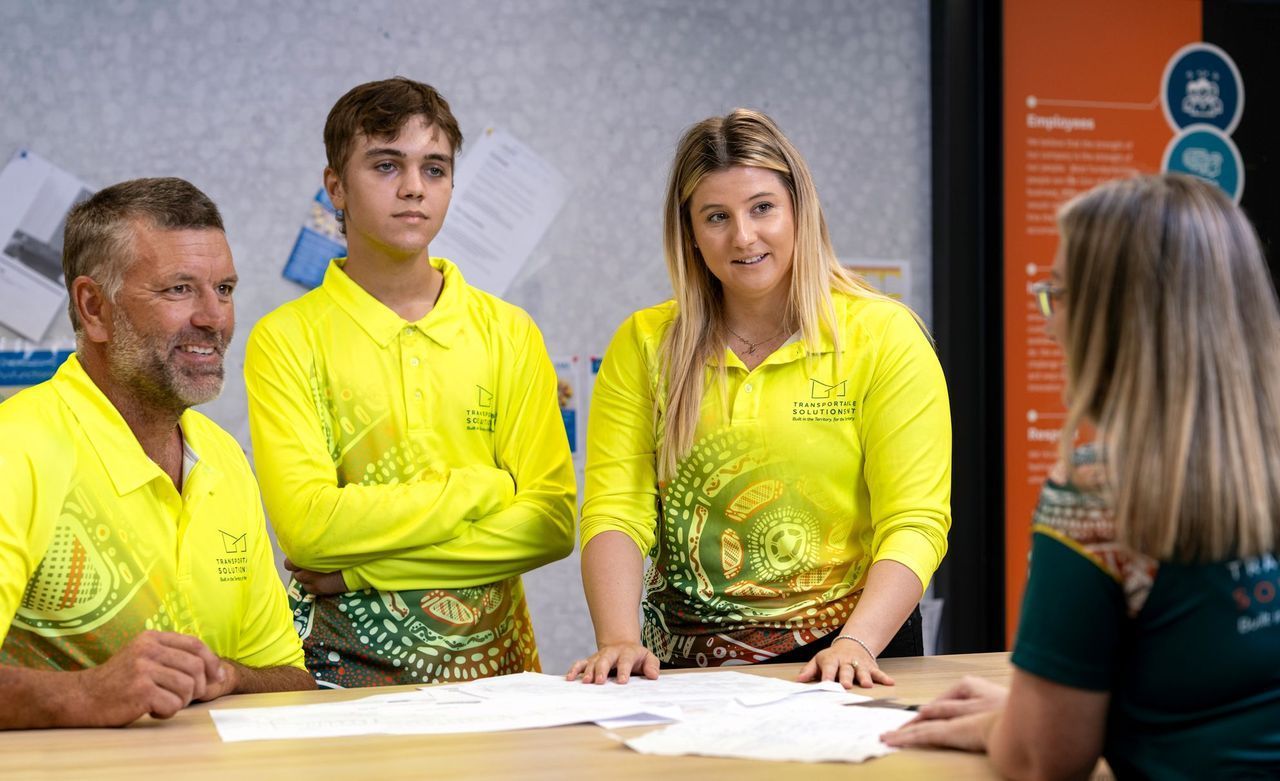
Overcoming challenges
Despite progress, women in the construction industry still face significant challenges, including gender bias, unequal opportunities for advancement, and a lack of representation in leadership positions. A study by the Australian Government's Workplace Gender Equality Agency (WGEA) found that women are underrepresented in management roles in the construction industry, making up just 13.4% of key management positions.
Real-world examples
Across Australia, there are countless examples of women making significant contributions to the construction industry. From leading major infrastructure projects to running successful construction companies, women are proving their worth and leaving an indelible mark on the industry. One such example is Jane Smith, a civil engineer who has played a pivotal role in the development of some of Australia's most iconic landmarks.
In conclusion, women are playing an increasingly vital role in the Australian construction industry, bringing talent, expertise, and passion to the table. As the industry continues to evolve, it's essential to recognise the contributions of women and work towards creating a more inclusive and equitable workplace for all. By embracing diversity and championing change, the construction industry in Australia can thrive and innovate in the years to come.

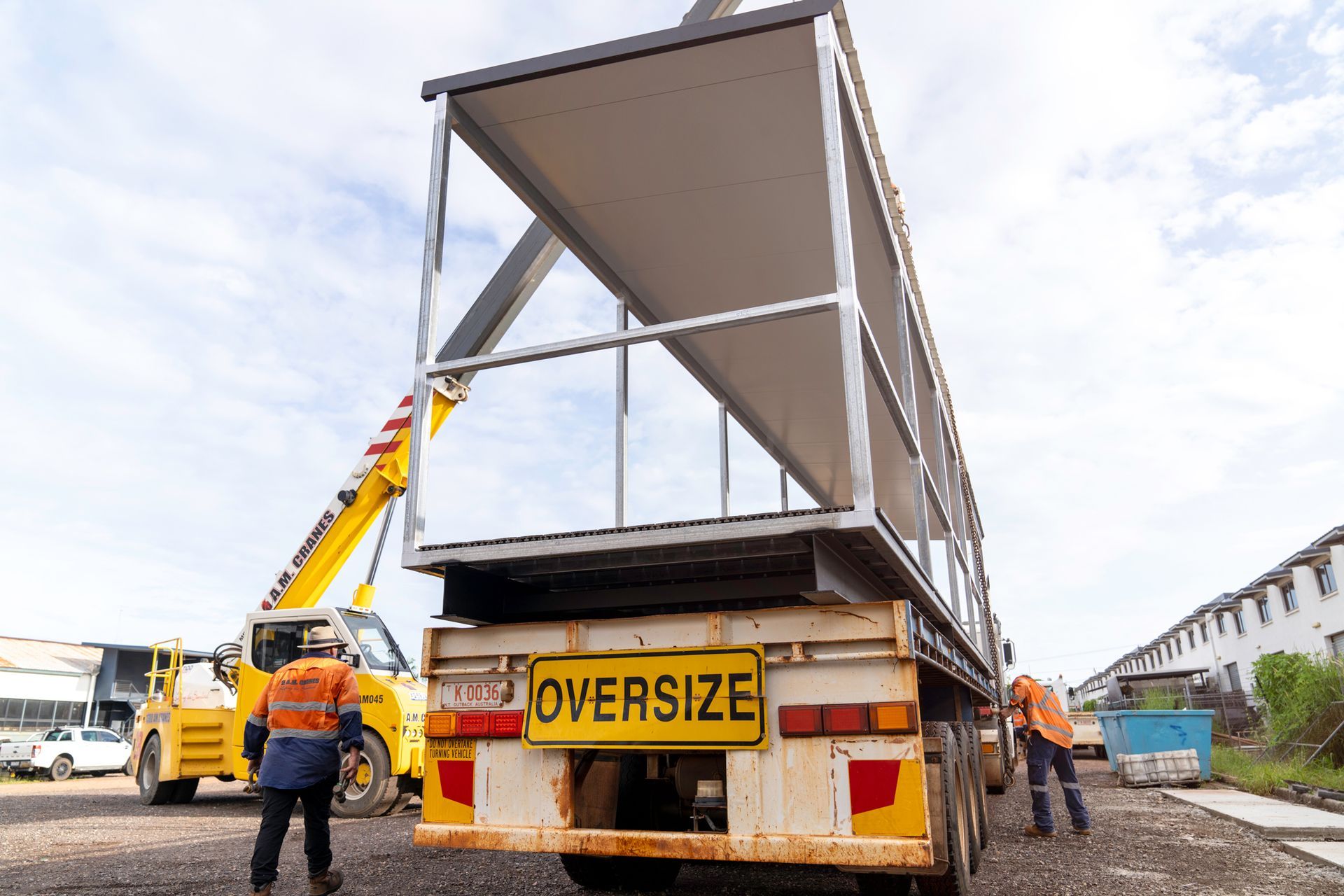
Website designed and developed by Captovate

